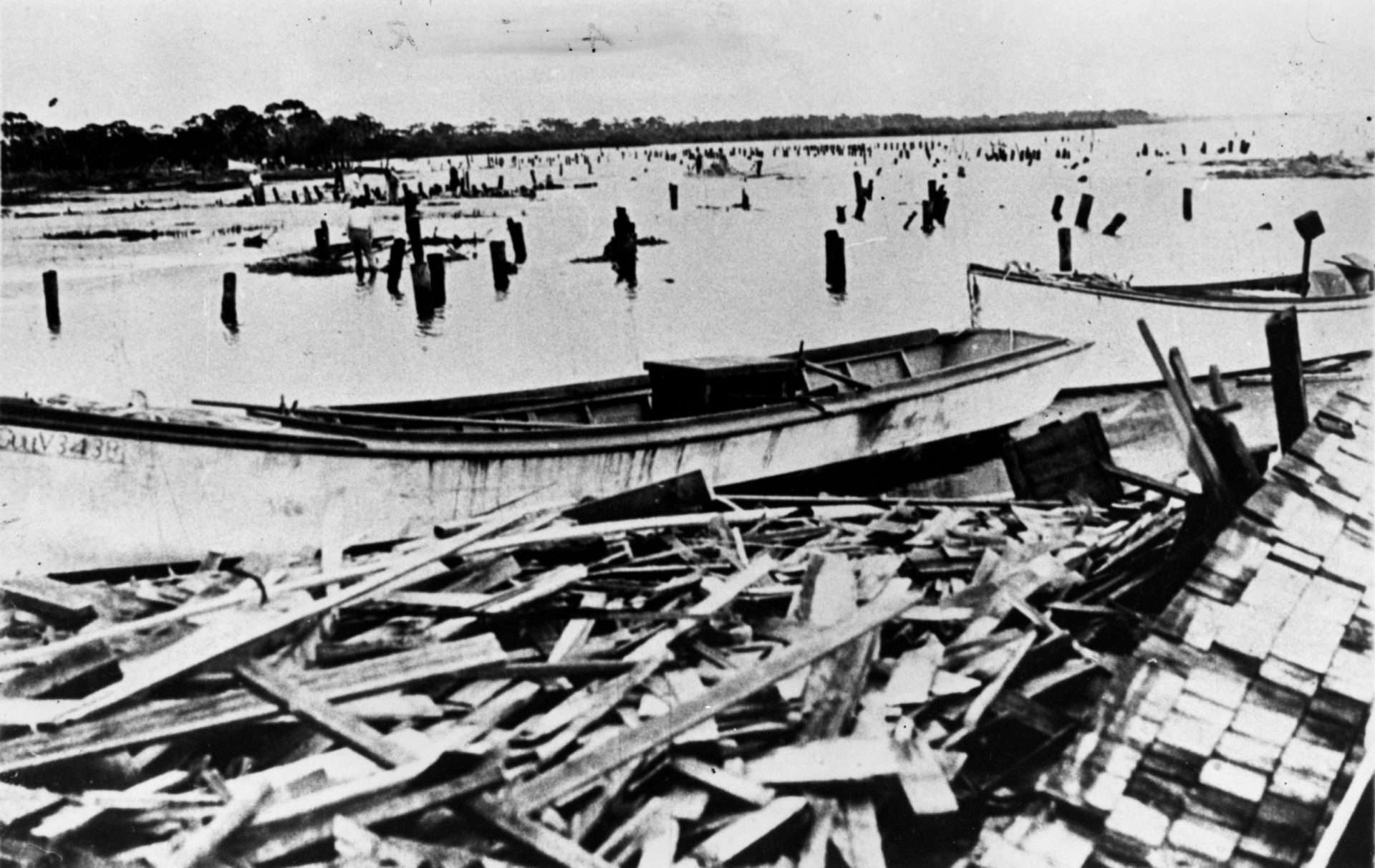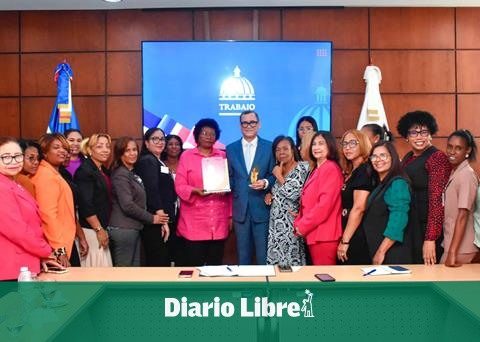More than a century since a major hurricane hit the Tampa Bay area, which has grown from a few hundred thousand people in 1921 to more than 3 million today, Ian threatens to shatter the relative tranquility that has characterized it. until now.
Hurricane Ian strengthened into a Category 2 hurricane on Monday afternoon. Its path continues to point to Florida’s Gulf Coast, including a threat to central Florida.
The problem facing the Tampa area is that storms approaching from the south, like Hurricane Ian will, pull huge volumes of water into the shallows of the Bay, likely to flood homes and businesses. The Gulf of Mexico is also shallow.
“Persistent strong winds will push a lot of water out into the bay and there will be nowhere to go,” said Brian McNoldy, a research associate at the University of Miami’s Rosenstiel School of Earth, Atmospheric and Marine Sciences.
The National Hurricane Center has forecast storm surge in Tampa Bay and surrounding waters of 5 to 10 feet (1.5 to 3 meters) above normal tidal conditions, and rainfall of 10 to 15 inches ( 12 and 25 centimeters) due to the hurricane. “It’s a lot of rain,” said Cathie Perkins, director of emergency management in Pinellas County, where St. Petersburg and Clearwater are located. “This is not a joke. It’s a life-threatening storm surge.”
Many people live in low-lying neighborhoods, highly susceptible to storm surge and flooding that they have barely experienced before, which some experts say could be made worse by the effects of climate change.
“We tell people, even if they’re lifelong Floridians like me: This is something we haven’t seen in our lives,” said Rick Davis, a meteorologist with the Tampa office of the National Weather Service. “So we definitely have to take it seriously.”
Local officials began issuing evacuation orders Monday for a wide swath of Tampa, with the St. Petersburg area soon to follow. Evacuations could involve 300,000 people or more in Hillsborough County alone.

The city of Tampa had about 51,000 residents in 1920. Today there are nearly 395,000. Many of the other cities in that region have experienced similar explosive growth. A report by Boston-based catastrophe modeling firm Karen Clark and Co. concluded in 2015 that Tampa is the most vulnerable place in the United States to storm surge flooding from a hurricane, and that damage could amount to 175 billion.
A World Bank study placed Tampa as the seventh most vulnerable city to major storms worldwide. Yet for years the storms seemed to bypass the region. Phil Klotzbach, a researcher in the Department of Atmospheric Sciences at Colorado State University, noted that only one in five Category 3 or higher hurricanes has hit Tampa Bay since 1851.

















